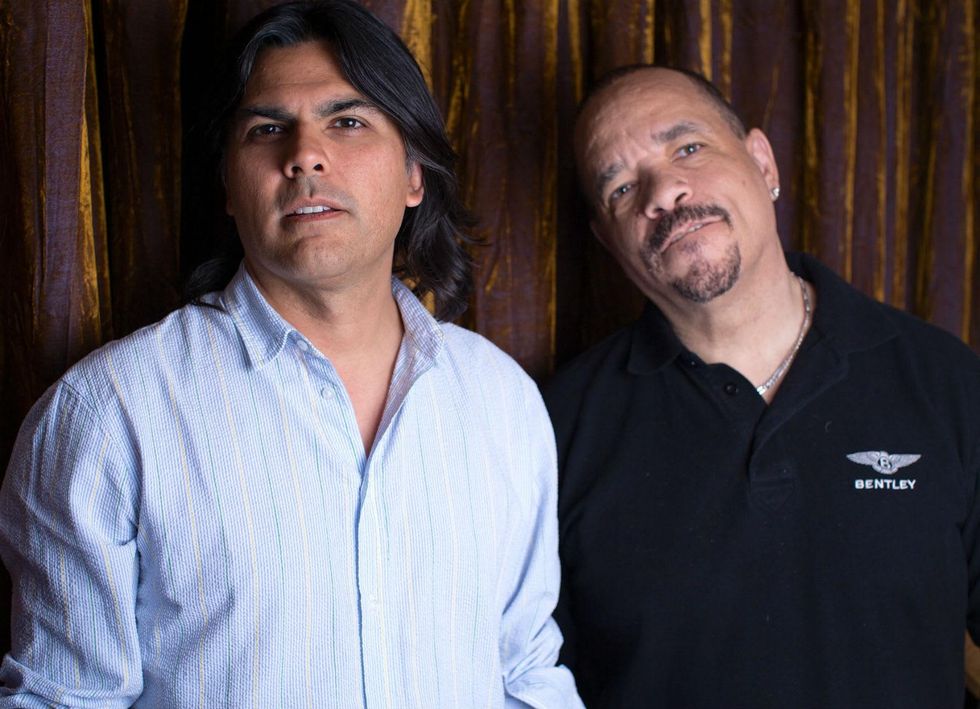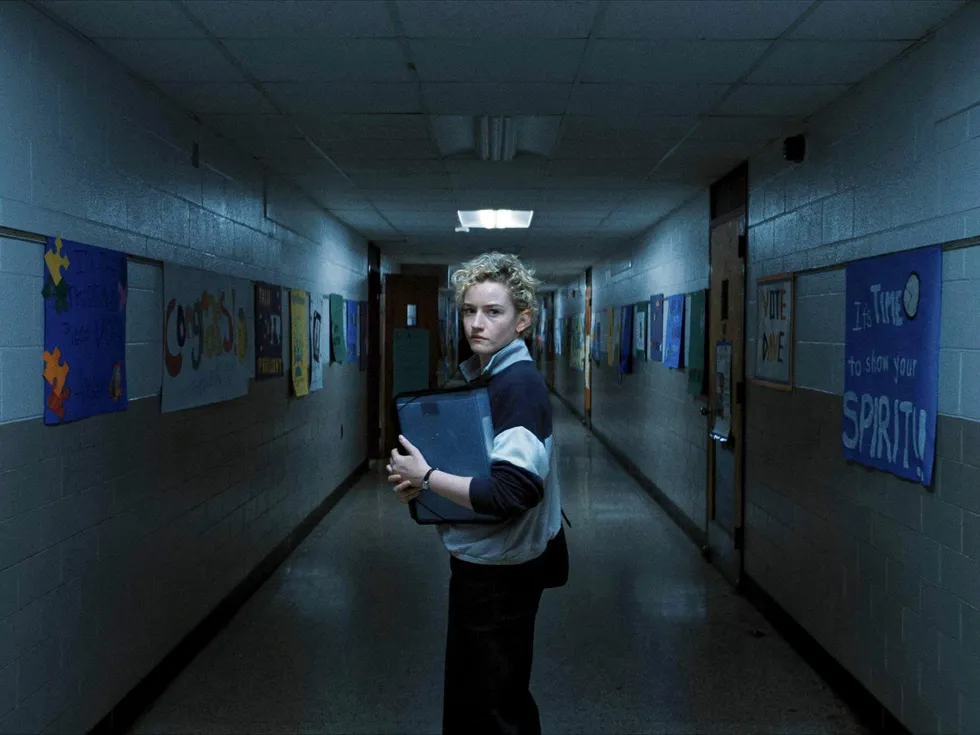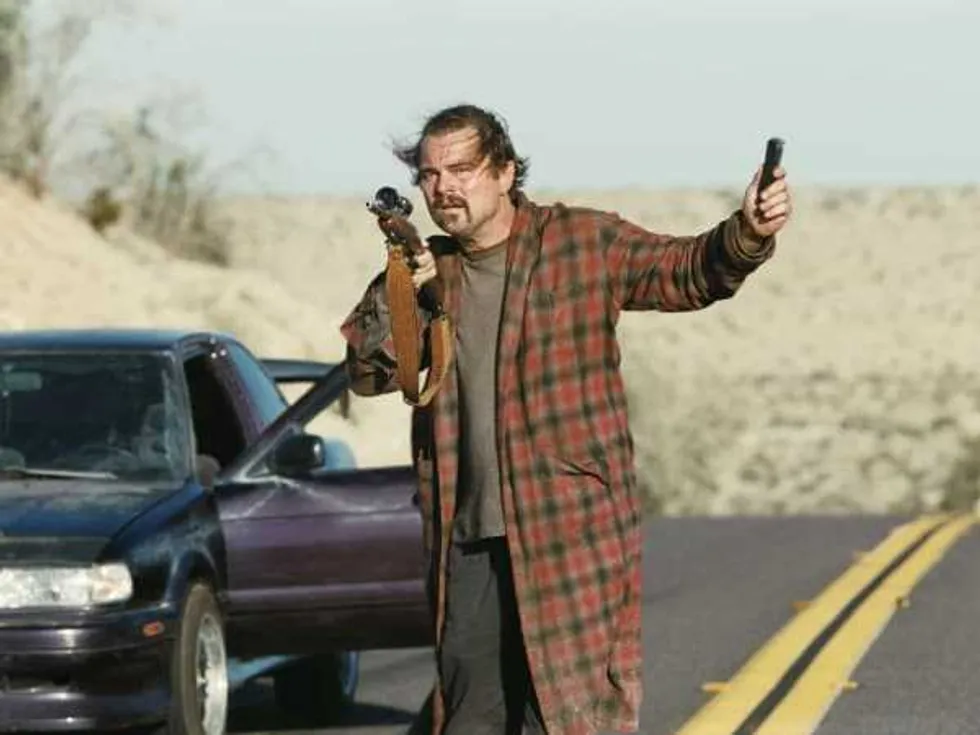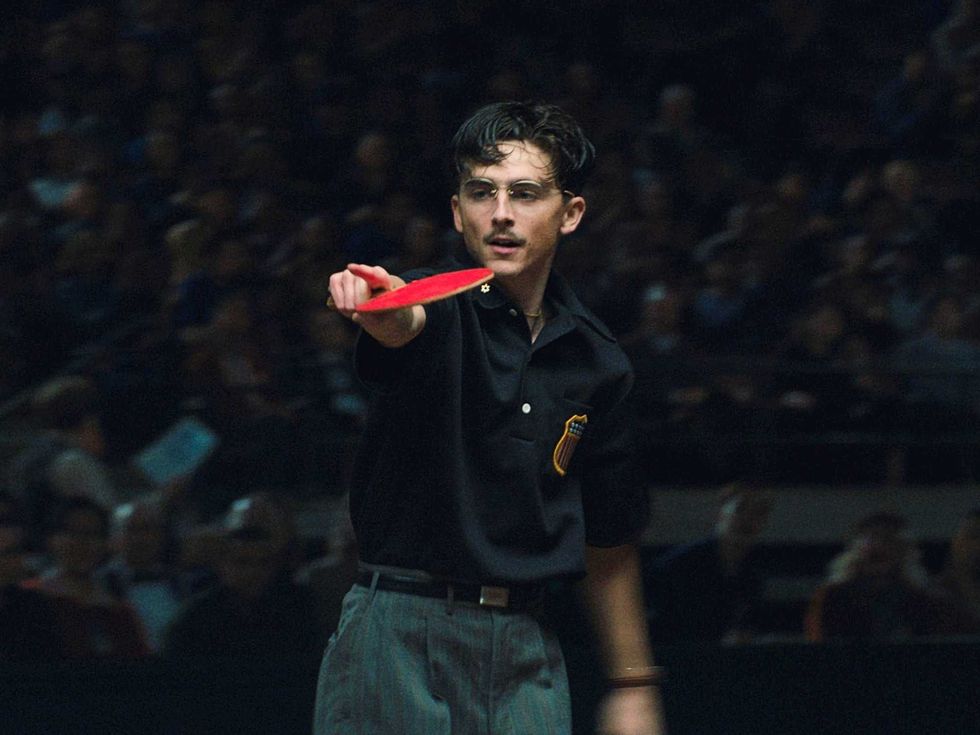DIFF Insight
Iceberg Slim reveals life of legendary pimp-turned-author
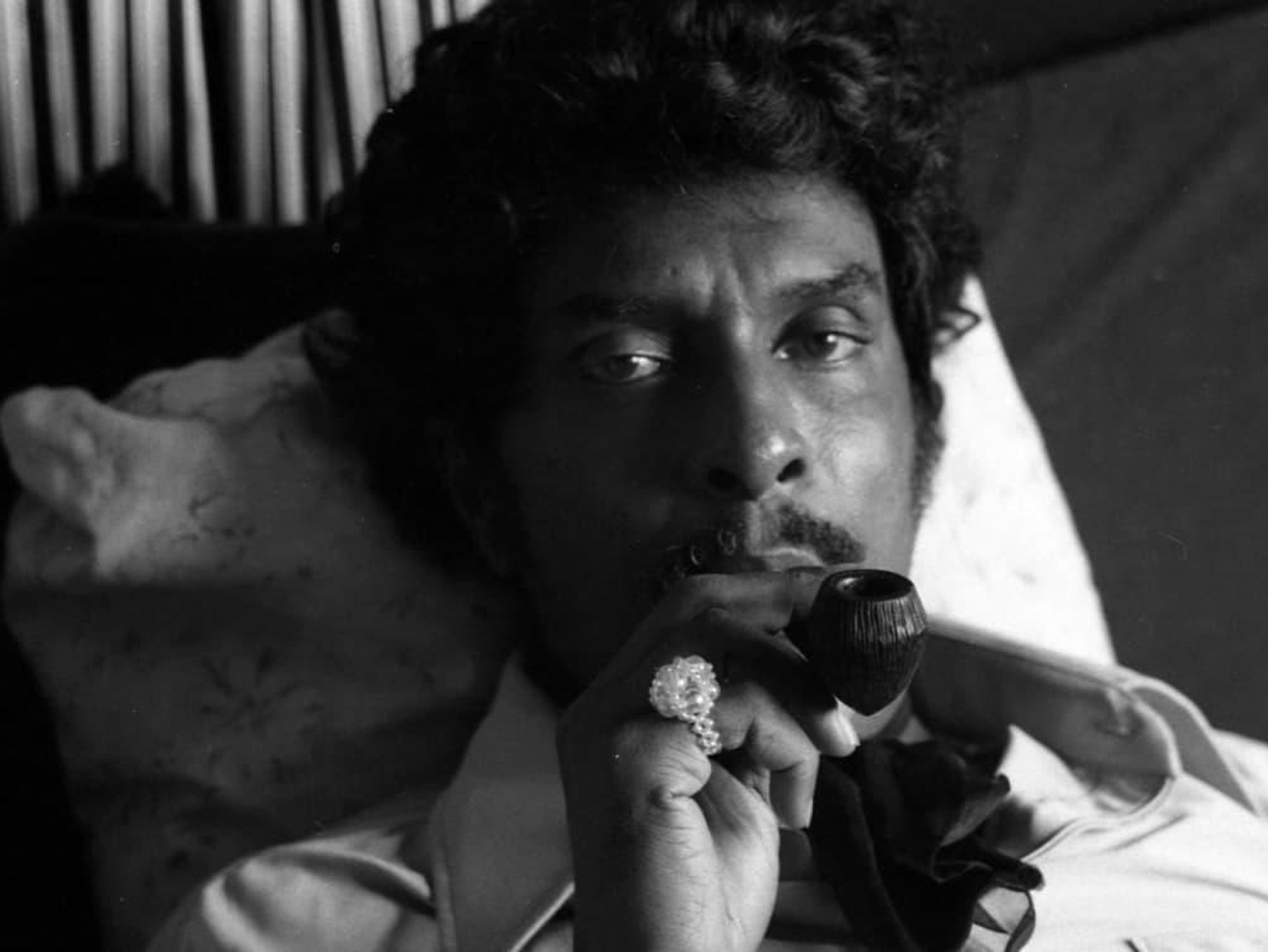
When Jorge Hinojosa chose to make a film based on pimp-turned-author Iceberg Slim, he knew he’d tackled a notorious subject whose life had already been laid bare in the press, in movies and in his own novels.
But Hinojosa felt there were dimensions to Slim — real name, Robert Beck — that remained hidden from the pop culture spotlight. His movie, Iceberg Slim: Portrait of a Pimp (playing at Angelika Film Center Dallas on April 8 and 9), displays the pimp in his full “street” finery, but then strips it away to reveal the complex figure underneath.
“It was important to do a doc on Iceberg,” Hinojosa explains. “Because his biography only covered his life as a pimp not as a brilliant writer, his life in the straight world or his artistic impact.”
Slim bailed on Tuskeegee University and made his way back to Chicago where he started a 20-year career as one of the most brutal and successful pimps in the Midwest.
The filmmaker weaves together Slim’s story with narrated passages from the seven Iceberg Slim books, interviews with such celebrities as Chris Rock, Snoop Dogg, Quincy Jones and Ice-T, and historical footage.
As a boy growing up in seedy Chicago-area neighborhoods in the 1920s and ‘30s, Slim learned early that life was hard. His mother’s beauty shop, where she catered to the hood’s pimps and whores, became the classroom where little Slim picked up the tricks of the trade. He saw pimping as an easy way out of the hard knock life.
His mother managed to save enough to send him to Tuskeegee University, but Slim bailed on his education and made his way back to Chicago where he started a 20-year career as one of the most brutal and successful pimps in the Midwest.
Hinojosa vividly paints this part of Slim’s life with anecdotes about tricks, shootings, beatings and the mental abuse the pimp employed to keep his women working. Slim’s novels did too, which led many young male readers to assume they were a glorification of “The Life” — the opposite of his intent.
The director says he doesn’t worry about audiences misconstruing the message in his film. “There is a saying, ‘when a pickpocket meets a prophet all he see is his pockets.’ Ergo, no matter how clear you make your message people will see what they want to see.”
Slim “went straight” in 1960 after a 10-month stay in prison, mostly in solitary confinement. He reconciled with his mother in Los Angeles, met his first wife and began working as a pest exterminator. It was then that Slim began work on his first book, Pimp, and in the film it’s where Hinojosa begins his work to show the man that the Iceberg Slim books don’t.
“What I did for Iceberg was to put all the major points on 3×5 cards and tack them to a cork board,” Hinojosa says. “Then I had editor-producer Danny Bresnik look at all the footage and put all the scenes that corresponded to the cards into bins. From there the film was strung out by Danny and then he and I massaged it till it was finished.”
In the film, Hinojosa’s interviews with Slim’s first wife, daughters and contemporaries show that even they didn’t fully understand the man. But even through the conflicting stories and half-truths (or maybe because of them), Hinojosa reveals him to be hard working, intelligent, ambitious and dedicated to his new life.
He shows us that Beck still had to keep a day job, even though his books sold millions and were made into films of their own. He was popular, but not wealthy.
In the end, Iceberg Slim shows us that even though Beck’s game changed, he didn’t change his hustle.
Iceberg Slim: Portrait of a Pimp plays as part of the Dallas International Film Festival on Monday, April 8 and Tuesday, April 9.

